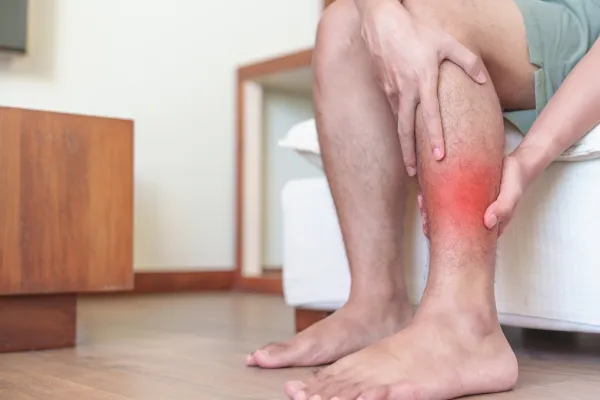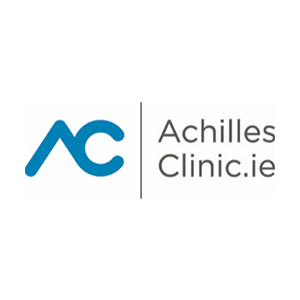
Medial Tibial Stress Syndrome vs. Shin Splints: What’s Causing Your Leg Pain?
You’re out for a walk or a jog around Ballincollig, and partway through your usual route, your lower legs start to ache—right along the front or inside of your shin. It’s a familiar pain, maybe even one you’ve pushed through before. Most people call it shin splints, but did you know it might actually be something more specific?
Let’s break it down: Medial Tibial Stress Syndrome (MTSS) is the more accurate term for what many people casually call shin splints. While the two are related, it’s important to know the difference—because it can affect how you treat it and how quickly you recover.
At Achilles Foot Clinic, we help people figure out what’s really going on with that nagging leg pain—and how to stop it from coming back.
What Is Medial Tibial Stress Syndrome?
Medial Tibial Stress Syndrome refers to irritation and inflammation of the muscles, tendons, and bone tissue along the inner part of your shinbone (the tibia). This area takes a beating when you increase your activity too quickly, wear unsupportive shoes, or have poor foot alignment.
The pain usually:
Starts gradually
Is felt along the inside edge of the shin
Gets worse with activity like running, jumping, or walking long distances
Eases when you rest—but may linger if left untreated
It’s not just about doing “too much.” Your foot structure, your gait (how you walk), and even your calf strength all play a part.
So... What Are Shin Splints?
The term "shin splints" is often used as a catch-all for any pain around the shin during or after exercise. While MTSS is the most common cause, not all shin pain is the same.
You might also be dealing with:
Stress fractures (tiny cracks in the shinbone)
Compartment syndrome (a condition where pressure builds in the leg muscles)
Tendonitis or muscle strain from poor running form or weak ankles
That’s why if the pain keeps coming back—or is sharp, focused, or one-sided—it’s worth digging deeper.
When Shin Pain Is a Red Flag
Here are some signs that your shin pain may need professional attention:
Pain that persists even when you're resting
Swelling, redness, or tenderness along the bone
Sharp, pinpoint pain in one spot
Pain that’s worsening over time, not improving
Trouble walking or limping after activity
In some cases, what seems like shin splints might actually be a stress fracture—especially if you’ve been pushing through pain for a while or increased your training too quickly.
Why Foot Mechanics Matter
At Achilles Foot Clinic, we often see shin pain connected to how your feet move.
If you have:
Flat feet (which can cause overpronation—your foot rolling in too much)
Tight calves or weak arches
Uneven gait or poor footwear support
…you’re more likely to overload your tibia and the tissues around it.
We take a close look at your foot mechanics with a detailed gait analysis. Often, the root cause of shin pain starts with the feet—and that’s something we can absolutely help with.
How We Treat MTSS (and Prevent It Coming Back)
Treatment depends on your symptoms and what’s causing the overload, but here’s what we may recommend:
1. Rest and Activity Modification
We’ll help you stay active—but in ways that let your legs heal. You might need to swap high-impact activities for cycling, swimming, or a walking plan with gradual progress.
2. Custom Orthotics
If foot alignment is part of the issue, custom insoles can help reduce stress on your shins and correct overpronation.
3. Supportive Footwear
Good shoes make a world of difference. We’ll recommend styles that provide the right mix of cushioning, stability, and support for your foot type.
4. Stretching and Strengthening
Targeted exercises for your calves, ankles, and arches can take pressure off your shins. It’s not just about resting—it’s about rebuilding smartly.
5. Advanced Therapies
If needed, we may suggest shockwave therapy or laser treatment to promote healing and reduce inflammation faster.
Let’s Get You Moving—Comfortably
You don’t have to accept shin pain as part of being active. With the right care and the right diagnosis, you can move confidently and pain-free again.
Whether it’s MTSS, something more serious, or just the early warning signs of overload, we’re here to help.
At Achilles Foot Clinic, we treat the whole person—not just the leg. Let’s find the cause, fix it properly, and keep you doing the things you love.
